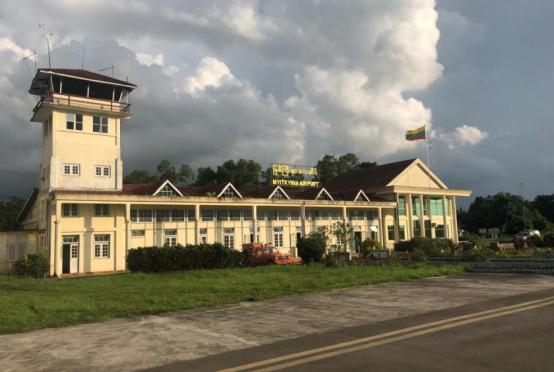The immediate termination of fish-cum-poultry farming may have an impact on those relying on farming, investments and the food self-sufficiency of the country and the public, according to Myanmar Livestock Federation.
Currently, there are 211 entrepreneurs, 6,330 staff and workers and 31,650 dependent families.
Dr. Kyaw Htin, Vice-President of Myanmar Livestock Federation submitted a report to the Private Sector Development Committee led by Vice-President U Myint Swe.
The fish-cum-poultry farming is employs 37,980 people. The industry has 1,350,000 meat chickens, 2,901,900 egg chickens and 1,465,500 semi broiler chickens. The industry is supporting the country’s meat sector by producing meat and eggs at reasonable prices.
Dr. Kyaw Htin suggested that the authorities should gradually change the system through the systematic survey on the impacts that have on consumers, production of high-quality fish strains, changes to the breeding system and the market exploration.
Local poultry farming increases by 15 per cent annually. The spreads of severe bird flu including other infectious diseases pose a threat to local poultry farmers every year. They face many challenges, according to the Livestock and Veterinary Department.
The local poultry farming sector sees development and the consumption of chicken eggs and meats becomes high. The sector is relatively low compared with the neighbouring countries.
The spread of disease is the biggest threat to the development of poultry sector. The poultry sector faces other infectious diseases including severe bird flu every year. On the other hand, the sector cannot be provided with sufficient screening yet.
U Tint Oo, a poultry farm owner from Bago Region said: “The deaths and culling of chickens due to the spread of bird flu in 2016, cost the poultry farming millions of dollars. The price of chicken meat went down to 50-80 per cent in the market. Due to the shortfall of chicken meat caused by the culling of chickens in the poultry farms, the price of chicken increased by 60 per cent.”
From 2003 to 2019, there were 860 bird flu cases in 16 countries, resulting in 454 deaths, according to the WHO.















